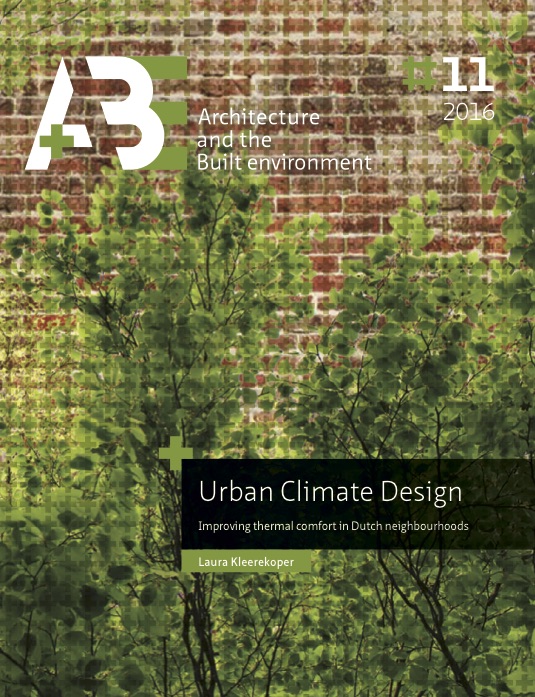Climate adaptation strategies
Achieving insight in microclimate effects of redevelopment options
Keywords:
climate adaptation, microclimate effects, heat mitigation, thermal comfortAbstract
The previous chapter is an almost theoretical approach to study thermal comfort effects. The increasing complexity from an open field to a single building and finally a combination of various vegetation types gives insight in the relative effects of changes in the urban environment on thermal comfort. This chapter aims to answer a part of the research question: What is the indication of general and/or location specific effects of heat mitigation measures on thermal comfort in The Netherlands? Here location specific effects of climate adaptation measures on the microclimate are studied for a specific urban type common for the Netherlands that can be characterised as low-rise open urban blocks of houses (Berghauser Pont & Haupt 2009). Sub-research questions answered are: What are the effects on air temperature and human comfort for the temperate climate condition of the Netherlands? And: Is there a difference in effect in relation to scale (urban block, neighbourhood, city)? The results provide adaptation solutions for this specific neighbourhood and input for the generic design guidelines for the Netherlands at the end of part III.


